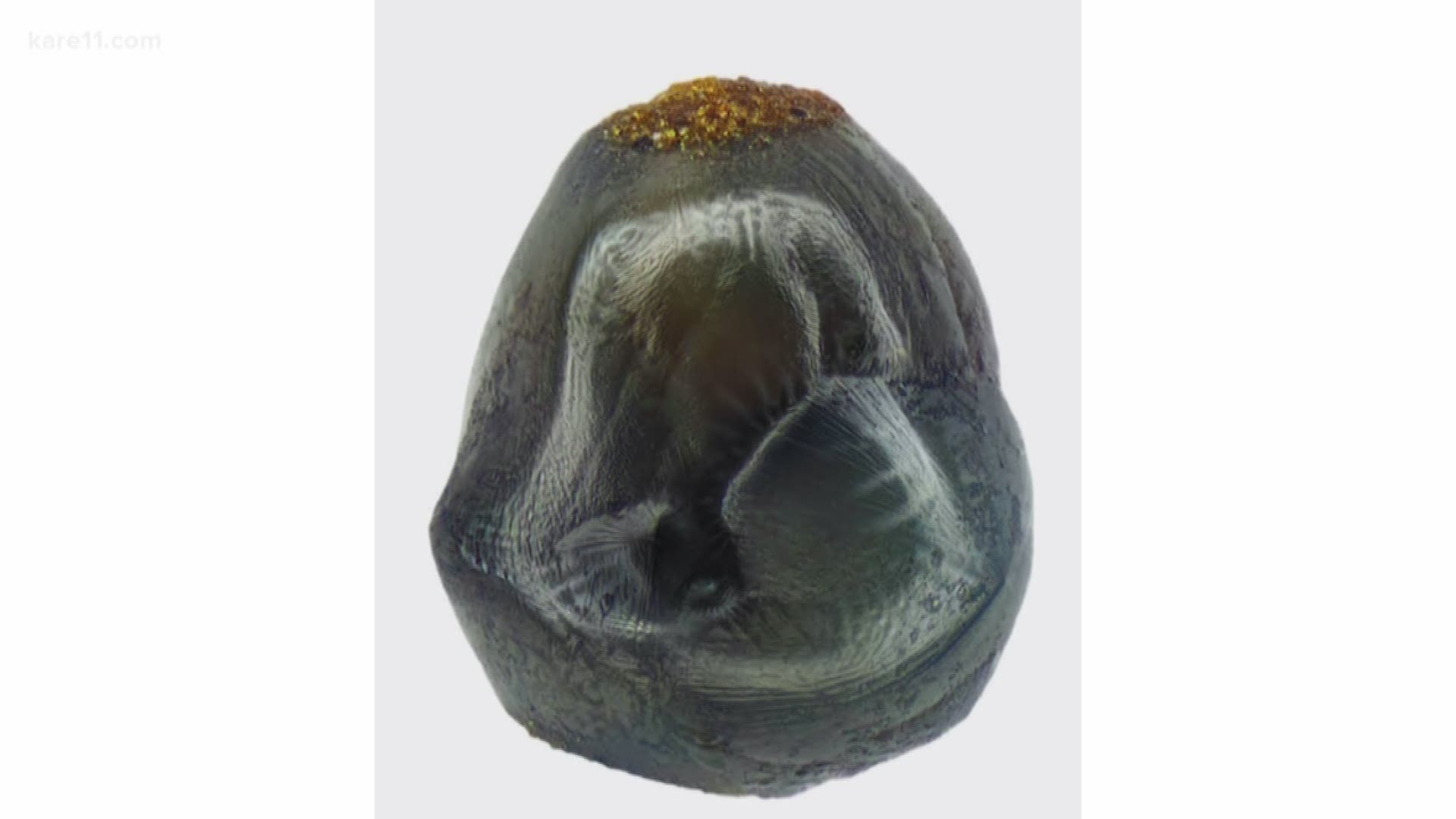MINNEAPOLIS - On a hot day, you'll find Scott Peterson on a black rooftop with some basic tools: a hand broom, dustpan, magnet and a ziplock bag looking for Stardust, otherwise known as micrometeorites.
"Most of them are in between .2 and .4 mm, so really small. So, as they are coming in, sometimes at 7 miles per second. They do heat up so when you see them, later on, they will be spherical and they will be aerodynamic," said Peterson.
The micrometeorites Peterson is looking for are just a little wider than a human hair. In the past year, he found close to 200. The process of finding them is tricky, and it all starts with the right roof.
"I will go to Google Maps and I will look for roofs that will be the best. A black or white vinyl roof is what I am looking for. Once I am up there I will take a very powerful neodymium magnet I take it around everywhere to see what type of magnetic material I can find," said Peterson.
He will then take the magnetic material he collects back home to his lab to clean and sift - and will only keep the smallest objects. Scott then looks through a microscope to find potential candidates that may be micrometeorites. Those will be taken to the University of Minnesota to be imaged and verified. By finding these we can learn more about our solar system and the universe.
Learn more: Micrometeorites, Space Dust

